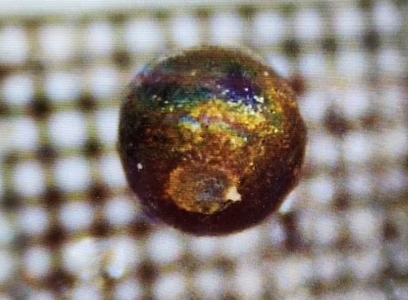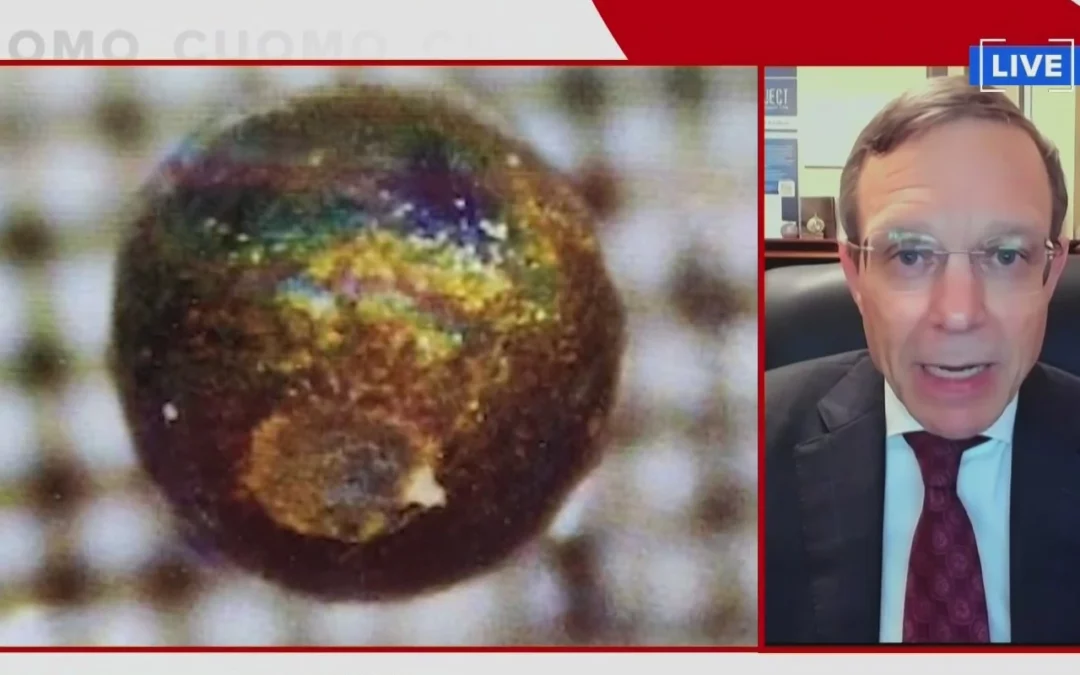Harvard professor Avi Loeb says he has discovered alien technology bits from a meteor that landed in the waters off the coast of Papua New Guinea in 2014.
Loeb and his team simply returned the items to Harvard for analysis. The United States Space Command determined the material came from another solar system with 99.999% certainty. The government offered Loeb a 10-kilometer (6.2-mile) radius about where it could have fallen.
“That was the location of the fireball, and the government detected it through the Department of Defense.” “It’s a large area, the size of Boston, so we wanted to narrow it down,” Loeb explained. “We calculated the distance of the fireball based on the time delay between the arrival of the blast wave, the boom of the explosion, and the quick arrival of light.”

Their computations enabled them to predict the meteor’s route. Those calculations happened to cut directly through the same anticipated 10 kilometer range provided by the US government. Loeb and his crew arrived in the area on the Silver Star. The ship made many passes along and around the anticipated route of the meteor. Researchers scoured the ocean floor with a sled loaded of magnets attached to their boat.
“We discovered ten spherules.” These are either nearly flawless spheres or metallic marbles. “When viewed through a microscope, they stand out from the background,” Loeb remarked. “They have gold, blue, and brown colors, and some of them resemble miniature Earths.”
The spherules are composed of 84% iron, 8% silicon, 4% magnesium, and 2% titanium, plus trace components, according to a composition analysis. They are millimeter-sized. The crew discovered a total of 50 of them.
“It has material strength that is tougher than any space rock ever seen or catalogued by NASA,” Loeb noted. “We calculated its speed outside the solar system.” It was 60 kilometers per second, quicker than 95% of all stars in the solar system. The fact that it was constructed of materials stronger than even iron meteorites and was flying faster than 95% of all stars in the solar system suggested that it could be a spacecraft from another civilization or another technological device.”

He compares the situation to any of NASA’s Voyager spacecrafts.
“In 10,000 years, they will leave the solar system.” Imagine them colliding with another planet billions of years from now. “They would appear as a meteor of a different composition moving faster than usual,” Loeb explained.
At Harvard, research and analysis are just getting started. Loeb is attempting to determine whether the spherules are manufactured or natural. If they are natural, they will provide researchers with information on what materials may exist outside of our solar system. If it is artificial, the real questions arise.
“It will take us tens of thousands of years to leave our solar system and reach another star with our current spacecraft.” “This material took that long to get to us, but it’s already here,” Loeb laughed, “we just need to check our backyard to see if we have packages from an interstellar Amazon that takes billions of years to travel.”
He still has additional debris to investigate, as well as hours of unwatched footage from the camera mounted on their sled. He feels the spherules could be microscopic breadcrumbs leading to a larger discovery.

“They also help us pinpoint any big piece of the meteor we could find in a future expedition,” Loeb explained. “We hope to find a big piece of this object that survived the impact because then we can tell if it’s a rock or a technological gadget.”
Download The Radiant App To Start Watching!
Web: Watch Now
LGTV™: Download
ROKU™: Download
XBox™: Download
Samsung TV™: Download
Amazon Fire TV™: Download
Android TV™: Download

